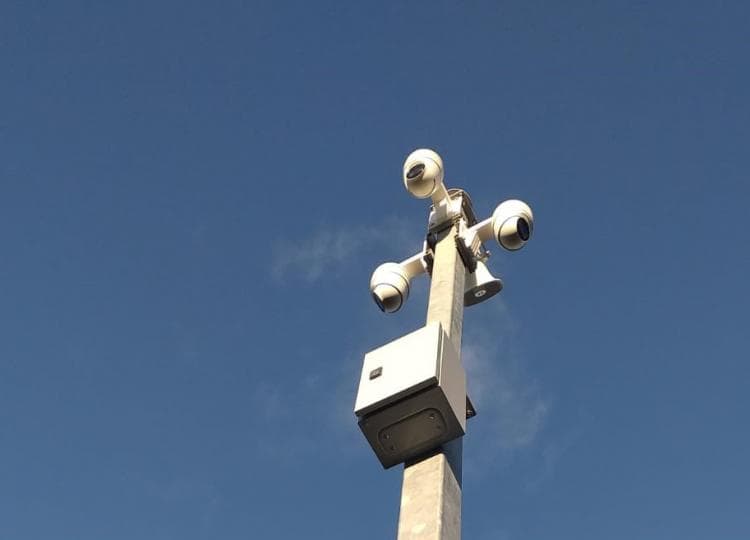For any organisation considering a commercial VSS installation, there are 5 essentials you need to know. Take a step-by-step approach with this handy guide.
Step One – Preparing for VSS installation
The first thing you need to think about when installing a commercial VSS system is deciding what is essential, and what you want to achieve operationally. This will then help determine the type of system you need as well as who will be controlling it.
You should also identify who will have access to the system, and determine whether it will need to be viewed on a traditional PC monitor or whether you need to be able to have remote access. Have a think about how you will set permission levels for different members of staff.
For any recording system, the biggest challenge is making sure that you can view live images, as well as playback and download. This helps with any situations where you may have to manage evidence. You also need to know how long recordings will be kept for and how the data will be managed, to ensure you’re compliant with regulations.
We can’t overstate just how important it is that customers understand their business needs before we get started. That way, we can design something that’s right for you.
Step Two – Understanding your site
This stage is all about understanding your environment. We will conduct a risk assessment to better understand your site. This is critical so we all get a clear direction as to the location of the VSS installation, what you need to be able to see, as well as how long you will need to record for. Then it’s over to our experts to apply our unique five-step design process to create the right system for you – the priority zones and support zones on your site. It’s about marking out where your priority cameras will go, as well as your backup cameras.
Your security risk assessment will highlight your priority zones and your vulnerable areas. This stage also allows us to identify other security systems you might be using, such as access control, so that these might be integrated with VSS. But more on that shortly!
Step Three – Where are you failing? Where can you improve?
This step is all about understanding your areas of weakness and vulnerability.
We take time to look at things from a technical perspective, making sure we’ve covered the ‘3 Cs’: control, connection and cameras. It allows us to understand the impact of the different security measures in place. For example, if you have poor lighting or a damaged door, putting a camera on there won’t make any difference. We’ll make recommendations such as repairing or replacing those items before VSS is installed.
The security risk assessment gives us a view of the whole process, and then we look at how VSS can be used as a measure to protect it. Unfortunately, VSS can’t stop somebody from entering your premises. However, it can alert you, and tell you when someone breaches the perimeter. It will also record what’s happening in real-time.
Step Four – Integration, external triggers & automation
This is the point where you make sure that everything links together smoothly. We want to look at how your VSS system is amalgamated within all the other security processes in place. You want to connect your intruder alarms and your access control with the lovely new VSS system, and other disciplines that are relevant.
This process is where you are going to have maximum impact on your business, by bringing all your systems together. We see huge improvements not only in protection, but also in an organisation’s productivity when we can integrate and automate the various security systems present.
Step Five – It’s all about the connections
Lastly, it’s all about the connections. This is where you decide whether you keep all the data gathered from your VSS system internal to your organisation, or handle some of this internally.
When it comes to a VSS installation, you can’t just put it in place and think that’s the job done. You have to make sure you’re protecting your VSS system, while it’s protecting your premises. You need to make sure that you’re not vulnerable to any breaches or digital hacking.
In order to make sure the system is safe, there needs to be layers of passwords put in place, as well as securing the network provider. Having appropriate equipment, such as a good router or firewall, is imperative.
Even if your network provider says they’ve got all the network security measures in place as a VSS owner, ultimately you are still liable and have obligations that you need to meet.
What are your next steps?
If you’re not sure where to start with your VSS systems, then this is where Oracle Vision can support your business.
We understand what it takes to make your site safe and secure. We can support you to make sure your upload speeds are adequate for remote viewing, and that only the right people have access.
Oracle Vision can add value from the moment we start working with you. We will help you set out your plan as a functional, well-staged operation that meets all of your requirements. If you’re worried about your budget, we can set out a phased approach to get you where you want to be.
Let’s have a chat about how we can help you – get in touch.

